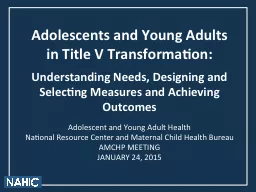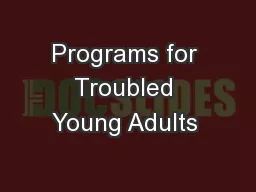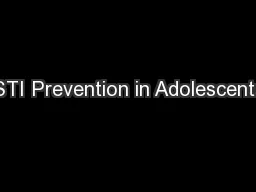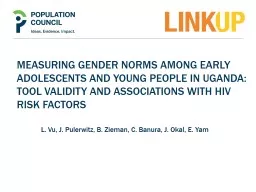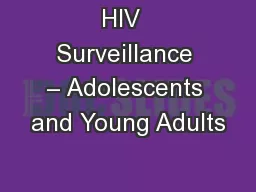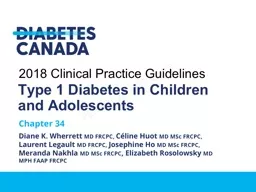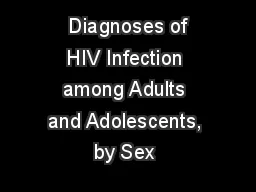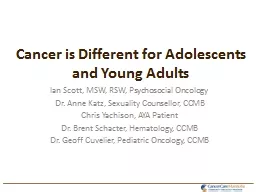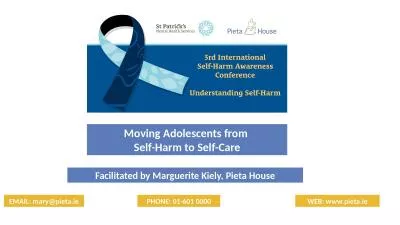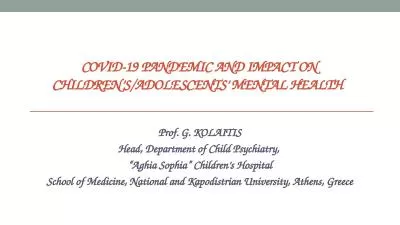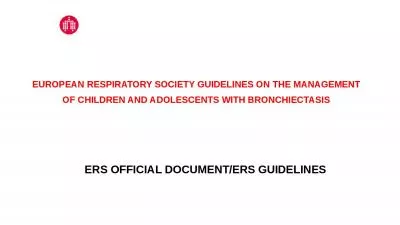PPT-Adolescents and Young Adults in Title V Transformation:
Author : faustina-dinatale | Published Date : 2017-04-08
Understanding Needs Designing and Selecting Measures and Achieving Outcomes Adolescent and Young Adult Health National Resource Center and Maternal Child H ealth
Presentation Embed Code
Download Presentation
Download Presentation The PPT/PDF document "Adolescents and Young Adults in Title..." is the property of its rightful owner. Permission is granted to download and print the materials on this website for personal, non-commercial use only, and to display it on your personal computer provided you do not modify the materials and that you retain all copyright notices contained in the materials. By downloading content from our website, you accept the terms of this agreement.
Adolescents and Young Adults in Title V Transformation:: Transcript
Download Rules Of Document
"Adolescents and Young Adults in Title V Transformation:"The content belongs to its owner. You may download and print it for personal use, without modification, and keep all copyright notices. By downloading, you agree to these terms.
Related Documents

